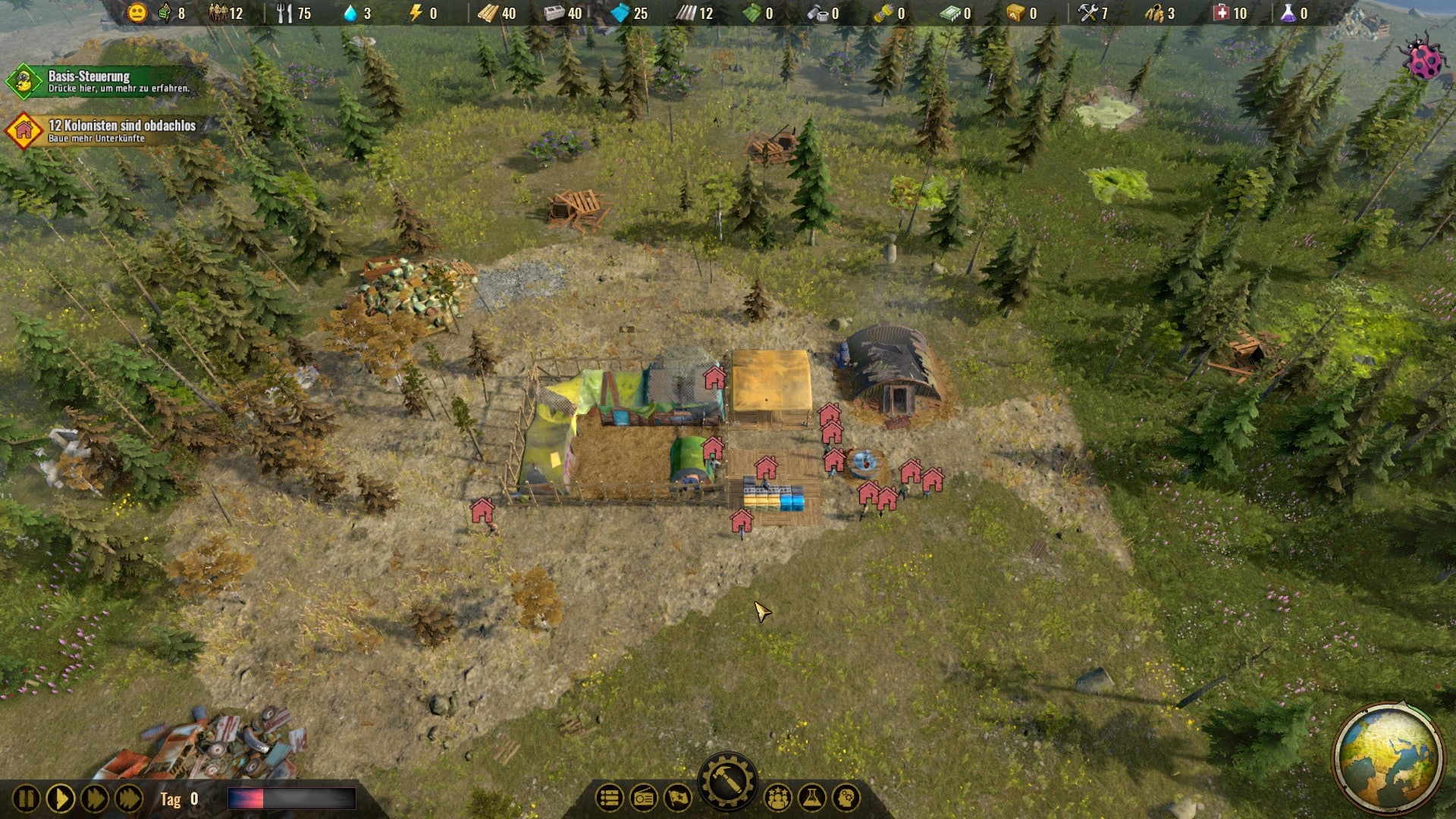
However, the term refers to cyclones that get their energy from the horizontal temperature contrasts that exist in the atmosphere.

The “ extra-tropical” in extra-tropical cyclone refers to the latitudes 35°N to 65°N (or °S). Sub-tropical cyclones can transform into tropical or extra-tropical storms depending on conditions. They are either asymmetrical with a warm core or symmetrical with a cold core.

However, the term refers to cyclones whose characteristics are neither fully tropical nor extratropical. The “ sub-tropical” in sub-tropical cyclone refers to the latitudes 25°N to 35°N (or °S). TCP-31, World Meteorological Organization Geneva, Switzerland (1993): “Global Overview” – Chapter 1″ Global Guide to Tropical Cyclone Forecasting, WMO/TC-No. (1993): “Ready Reckoner” – Chapter 9, Global Guide to Tropical Cyclone Forecasting, WMO/TC-No. Tropical Disturbances -> Tropical Depressions -> Tropical Storms -> Hurricane or Typhoon. Once winds exceed 74 mph (64 knots, 33 meters per second) it will be designated a hurricane (in the Atlantic or East Pacific Oceans) or a typhoon (in the northern West Pacific). When winds exceed that threshold, it becomes a t ropical storm and is given a name. If it has a closed circulation but under 39 mph (34 knots, or 17 meters per second) maximum sustained surface winds, it is called a tropical depression. If it lacks a closed circulation it is called a tropical disturbance. Tropical cyclones derive their energy from vertical temperature differences, are symmetrical, and have a warm core.

A tropical cyclone is a generic term for a low-pressure system that formed over tropical waters (25°S to 25°N) with thunderstorm activity near the center of its closed, cyclonic winds.


 0 kommentar(er)
0 kommentar(er)
